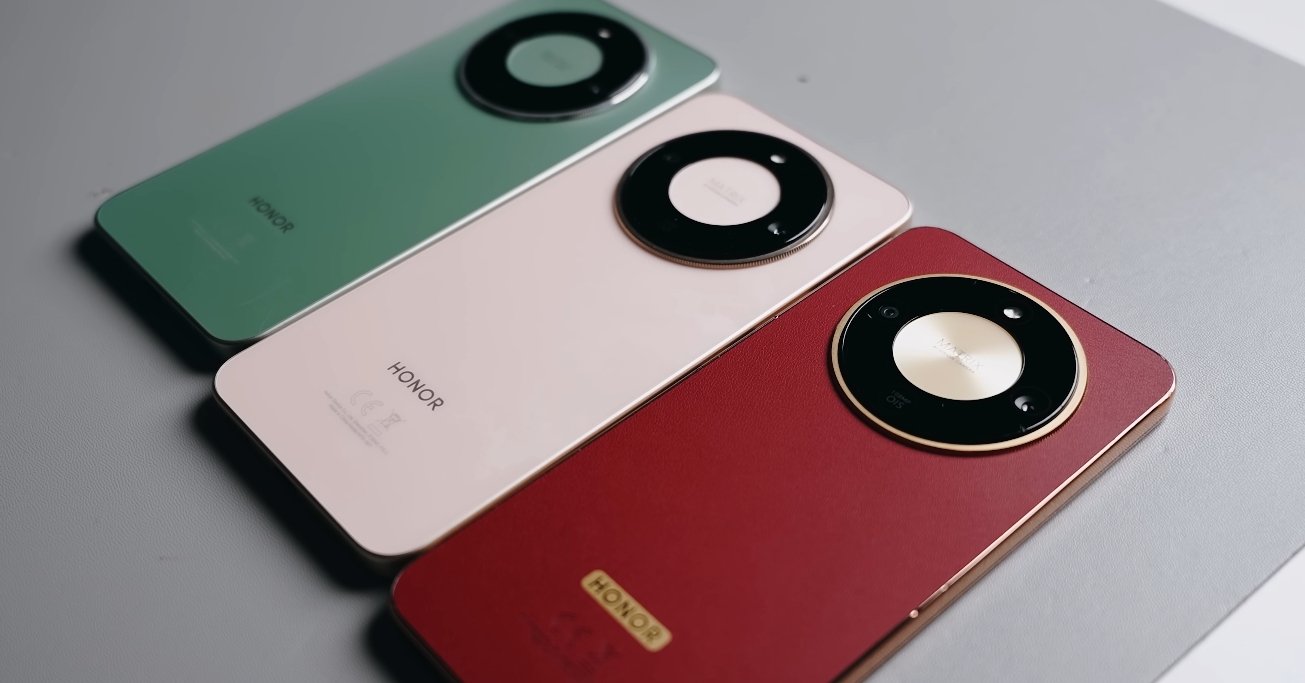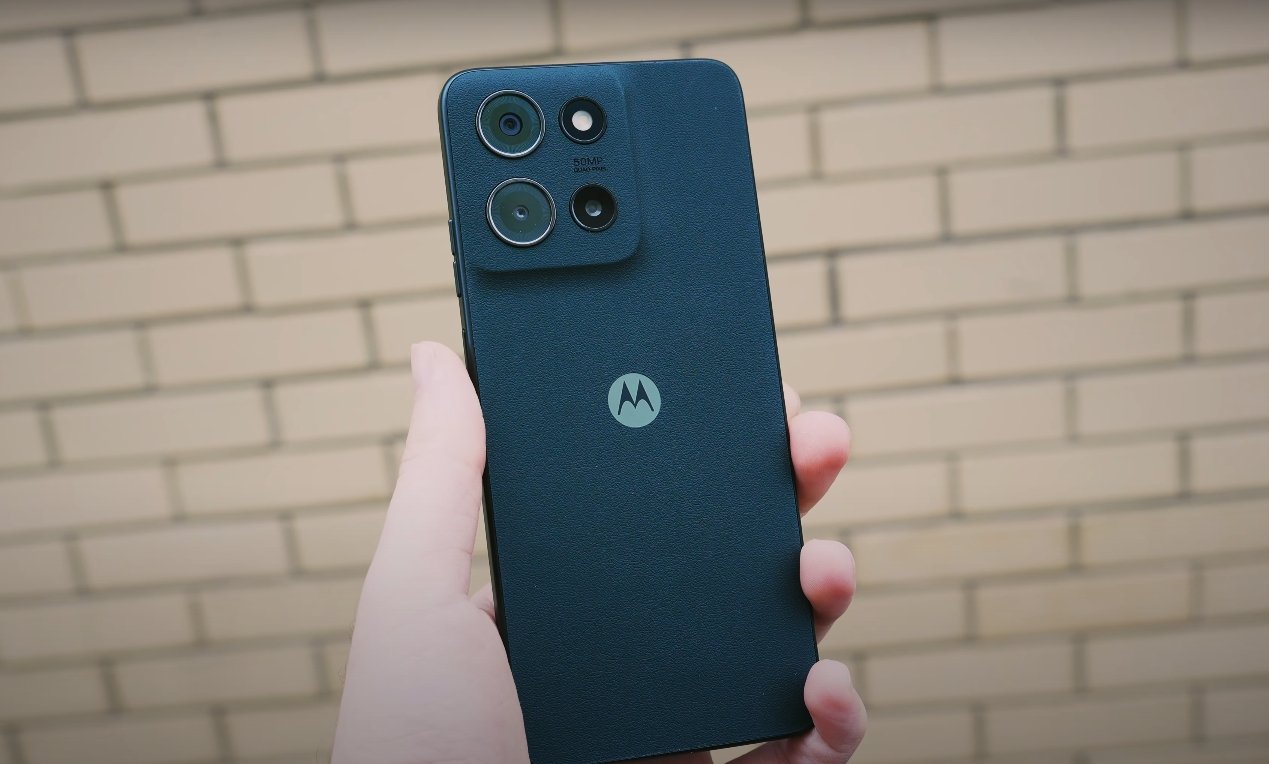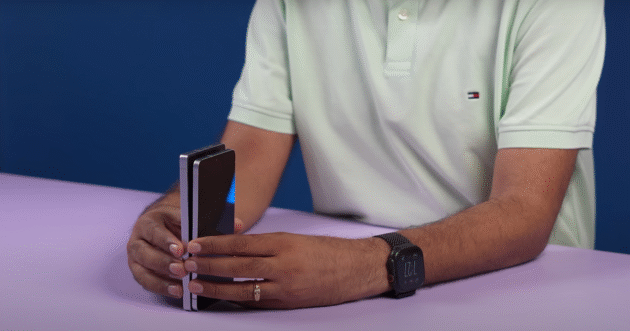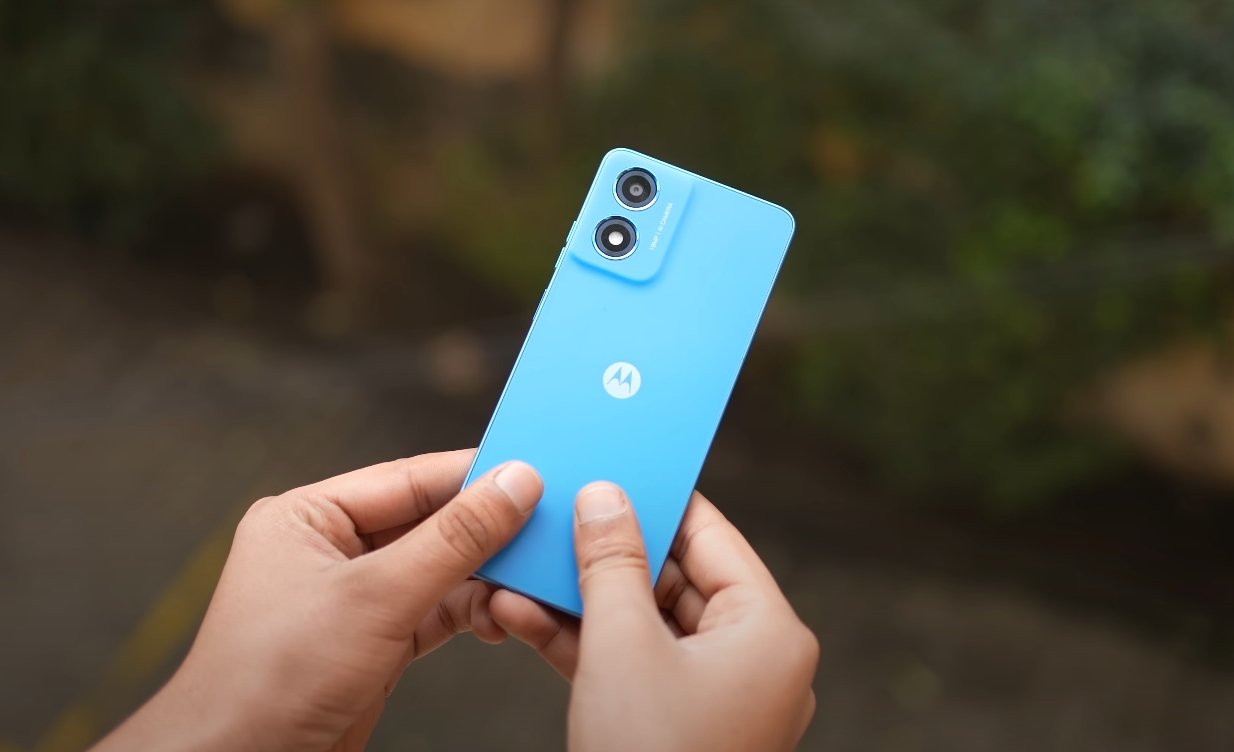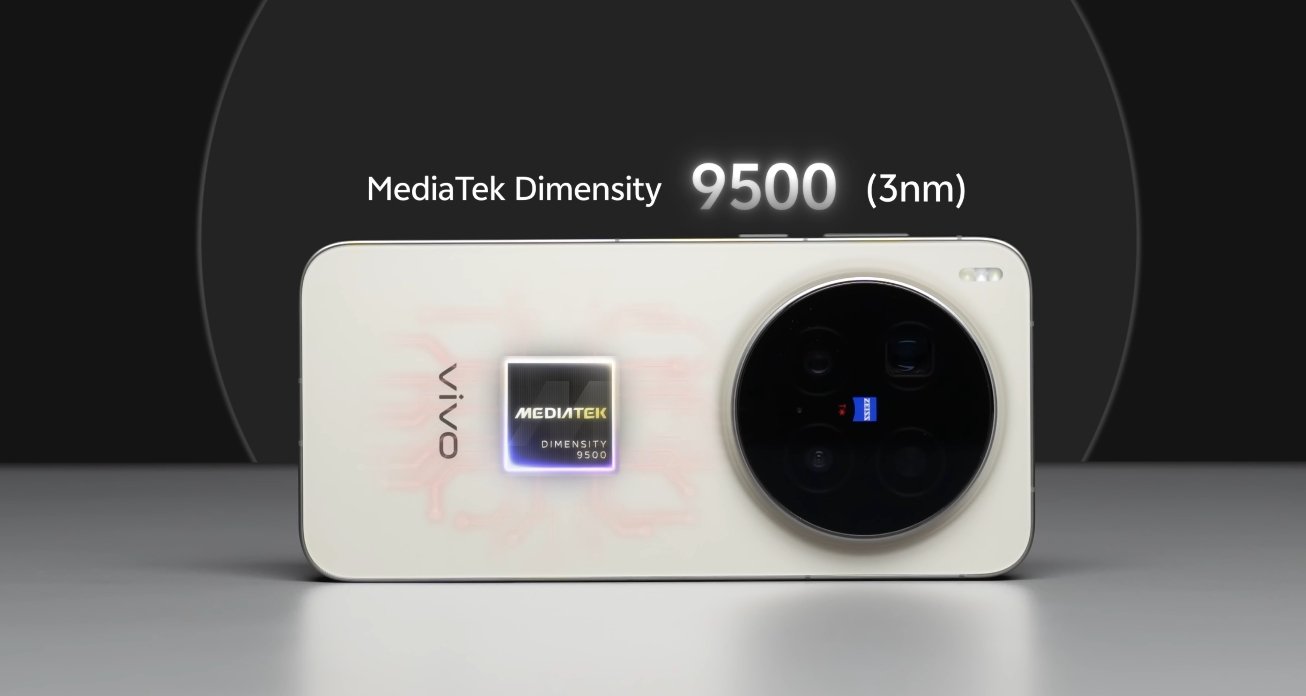Surprising Speed Battle Between Budget and Premium
In a smartphone market defined by performance and efficiency, the new Honor X9d 5G has entered the race with impressive specifications at a fraction of flagship prices. Meanwhile, Apple’s iPhone SE 3 continues to carry its legacy as a compact powerhouse. When placed side by side, these two devices reveal some shocking differences in speed, performance consistency, and real-world responsiveness that defy their price tags.
At first glance, the Honor X9d 5G seems to have the advantage in terms of modern hardware. It comes powered by Qualcomm’s Snapdragon 6 Gen 4 processor, a 4nm chipset designed to provide strong mid-tier performance with excellent energy efficiency. Paired with up to 12GB of RAM and 512GB of storage, the device promises seamless multitasking and smooth operation across demanding apps. The iPhone SE 3, on the other hand, uses Apple’s powerful A15 Bionic chip, the same processor that powered the iPhone 13 series. Despite being older in design, this chip still dominates the speed test charts in its class.
When it comes to real-world performance, the iPhone SE 3 opens apps faster, switches between heavy tasks more fluidly, and handles gaming with minimal frame drops. The A15 chip’s power efficiency allows it to maintain peak speed even during extended use, whether it’s gaming, rendering, or multitasking. However, the Honor X9d 5G delivers a surprisingly close experience considering its mid-range category. Its large RAM capacity allows it to keep more apps in memory and prevents background reloads, giving it a responsive and consistent feel for everyday usage.
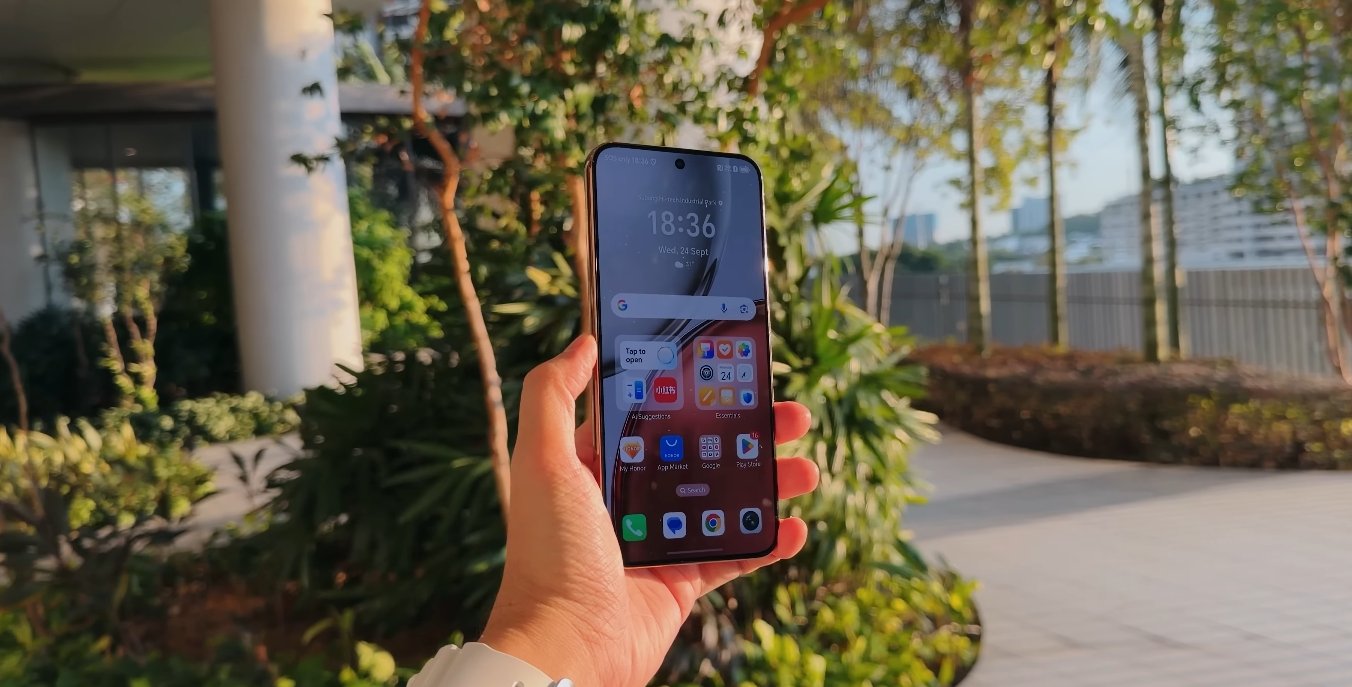
During multitasking, both devices shine in their own way. The iPhone SE 3 focuses on instant responsiveness and optimized animations, while the Honor X9d emphasizes balance and endurance. Switching between social media apps, streaming videos, or editing photos feels fluid on both phones, though Apple’s fine-tuned ecosystem gives it a slight edge in raw speed. What shocks users most is how little the Honor X9d lags behind. In light app usage and general operations, the difference is almost negligible, showing how far mid-range chipsets have come in recent years.
When running performance-intensive tasks, like 3D gaming or extended video editing, the iPhone SE 3 continues to outperform thanks to its superior GPU and thermal optimization. The Honor X9d, however, manages to maintain decent frame rates without overheating or excessive throttling, which is commendable for its price range. Long gaming sessions reveal the main contrast: the iPhone maintains a steady pace throughout, while the Honor occasionally scales down performance to conserve heat and power. Yet, the gap isn’t dramatic — for a phone costing significantly less, the Honor X9d’s performance remains impressive.
Battery life plays a major role in speed perception. The Honor X9d 5G packs a massive 8300mAh battery, allowing it to sustain strong performance throughout long days of use. Even under heavy load, it manages to stay responsive, thanks to intelligent power distribution and cooling design. The iPhone SE 3, while incredibly fast, features a smaller battery that needs more frequent charging. However, its software optimization ensures that performance does not degrade even as the battery level drops. This difference highlights Honor’s focus on endurance and Apple’s focus on efficiency.
In daily use, these two phones cater to different audiences. The iPhone SE 3 provides a compact form factor and instantaneous speed ideal for those who prioritize performance above all else. The Honor X9d, meanwhile, offers a more balanced experience with modern design, longer battery life, and near-flagship speed for far less money. What makes this comparison shocking is not that the iPhone wins in benchmarks, but that the Honor comes so close while offering greater versatility and endurance.
Another important factor in the long-term experience is software optimization. Apple’s iOS offers unmatched consistency over time, ensuring the iPhone SE 3 remains fast even after several years of updates. Honor’s MagicOS based on Android is improving rapidly, offering smoother animations and better app management, but it may not match Apple’s longevity in future updates. However, for users looking at the present experience rather than years down the line, the difference in day-to-day speed remains minimal.
In conclusion, the Honor X9d vs iPhone SE 3 speed comparison showcases how modern mid-range phones are closing the gap with established premium devices. The iPhone SE 3 undoubtedly leads in peak performance, offering unmatched raw power and long-term optimization. Yet, the Honor X9d 5G delivers stunning results for its price — fast app launches, fluid multitasking, and sustained responsiveness backed by a massive battery. For most users, the difference in real-world usage feels surprisingly small, proving that speed no longer has to come at a premium price. The real shock is how close the Honor X9d gets to Apple’s performance without costing nearly as much.
Also Read: Honor X9d first sale in USA breaks early records
